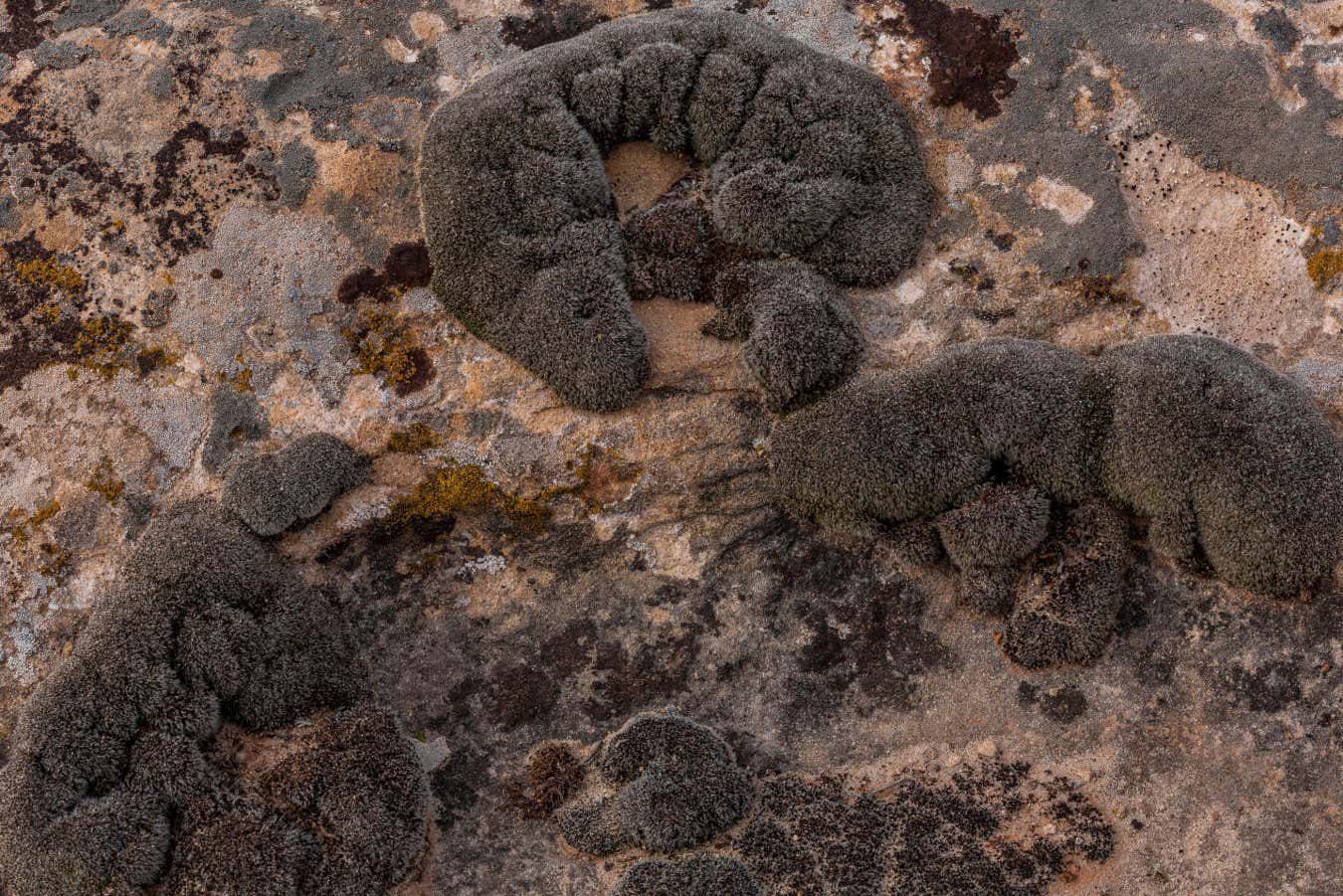Syntrichia caninervis is found in some of the most extreme places on Earth and can survive conditions that would kill almost any other organism, making it a potential candidate for colonising Mars
By James Woodford
1 July 2024
Syntrichia caninervis in Hackberry Canyon, Colorado
Lee Rentz / Alamy
A hardy moss found in desert locations around the globe can survive environmental conditions that are lethal to almost all other life forms, suggesting it could be the first possible pioneer species for the colonisation of Mars.
Syntrichia caninervis is widespread in some of Earth’s harshest locations, including Tibet and Antarctica, so Xiaoshuang Li at the Xinjiang Institute of Ecology and Geography in Urumqi, China, and his colleagues decided to subject it to a brutal suite of tests to discover just how much it could survive.
Read more
Dozens of stars show signs of hosting advanced alien civilisations
Advertisement
The researchers found that the moss could regenerate after being stored at -80°C for five years or in liquid nitrogen at -196°C for a month. They also bombarded it with doses of gamma radiation and found that up to 500 Gray units (Gy) actually helped the moss regenerate, while only doses over 8000Gy caused severe damage. Most plants can’t cope with radiation above 500Gy, while 50Gy is enough to cause convulsions and death in humans.
Putting this all together, the team put the moss in simulated Martian conditions, including an atmosphere composed of 95 per cent carbon dioxide, temperatures that fluctuated from -60°C to 20°C, high levels of UV radiation and low atmospheric pressure. Even after a week in the simulator, the moss was able to fully regenerate after 30 days.
That said, one environmental factor the team didn’t address was the impact of perchlorates, a toxic, corrosive chemical thought to be widespread in Martian soils.
